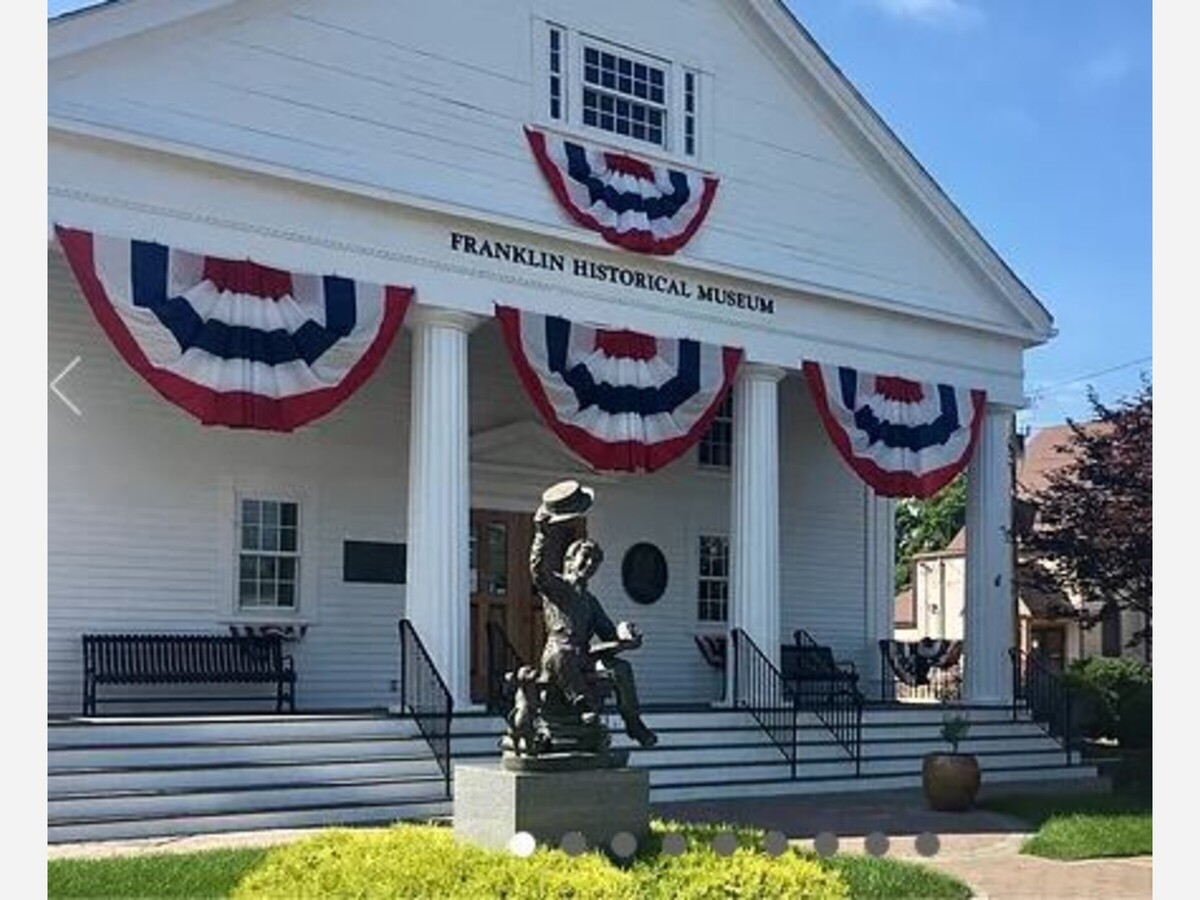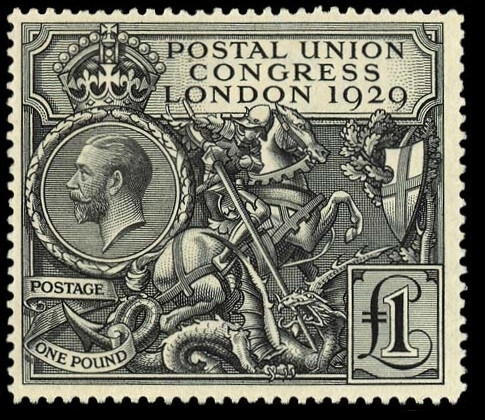Image

By James C. Johnston Jr.
[Johnston is providing "THIS OLD THING --An Antiques Appraisal Adventure" at the Franklin Historical Museum, Sunday, May 5, from 1-5 PM]
There are many reasons that an individual might want or need an appraisal of things that they own and valve. One has to consider themselves vulnerable to loss in the case of catastrophic events occurring in their lives. One must also understand that objects of value have an actual range of value dictated by economic and social circumstances as well as the constraints of time. There is really no fixed value for anything. Adam Smith, in his seminal work Wealth of Nations, set out the principal rule of basic economics that establishes the value of almost anything, and that is “The Rule of Supply and Demand”.
This great economic imperative was pretty well established by Smith’s thesis in 1776, and it has been the overriding component in establishing the value of even art and antiques. If a great, or at least a significant, number of individuals wants to own something, its value is high. If few or none wish to own even a very rare object, its value is low. Now that is pretty easy to understand even if one is a stranger to the “Grim Science” that is the study of economics
In this modern day, it has never been easier to actually manipulate markets in any economic area. As an example of the results of the manipulation of certain collectible markets, consider that in 1968, the value of collectible postage stamps was at an all-time high, and this popularity of stamps continued well into the 1970s. During the eighth decade of the 20th Century, postage stamps became an object of speculation for individuals who had absolutely no interest in the stamp hobby itself outside of the economic possibilities of producing great wealth. For example, a Great Britain #209, a one pound black stamp issued in 1929 in England, rose in value from $200.00 to $2,500.00 in a very short time. It is a very handsome large stamp featuring a portrait of that great stamp collector, King George V and a heroic image of “St. George Slaying the Dragon” and commemorating Britain’s membership in the Universal Postal Union or U. P. U. It is a large, well engraved, beautiful, and valuable stamp, and it was gobbled up by non-collectors interested in an investment that seemed to be a “Sure Thing.”

When these amateur non-collectors tried to cash-in on their beautiful one pound black U. P. U. stamp and other philatelic investments, the bottom fell out of the stamp market. For the first time in the history of the publishing of the Scott and Stanley Gibbons catalogs, prices were marked down. This had not even happened during The Great Depression of the 1930s! Wealthy investors like lawyers, doctors, bankers, and high powered businessmen lost their shirts in the stamp speculation market in the 1970s and early 1980s. People at the lower end of the sociological order didn’t do well either. Real stamp collectors didn’t care as much about the fall of prices, because they were in the game for the love of the hobby as opposed to investment.
Many people invested in whole issues of stamps, often printed for geographical entities which were virtually uninhabited and in which there was no valid interest in postal usage. Whole stamp issues were also bought up on speculation by questionable investors who were out to shelter significant parts of their income from taxation. These pretty and colorful labels were mostly “Topical” in nature featuring such popular collecting-themed areas as: Soccer, Boy Scouts, Ships, various animals, various sporting activities, art, Famous personalities, and almost anything that would command a following in the philatelic world.
Included in these issues would be: High Values [which were seldom if ever used in normal postage activities], Souvenir Sheets, Inverted Errors, Imperforate Errors, Missing Inks, and all sorts of other things of a similar nature. When investors tried to claim losses on their income taxes on their bogus stamp investments, the U. S. government got involved. Then the fun really began, and stamp collecting was set back a bit. It seems that The Securities and Exchange Commission takes a dim view of such “investments.” Even I was paid a large sum of money for the defense to write an essay on the subject of provisional, local, and carrier issues of stamps, and the collectability of spurious stamp issues, commonly called “Cinderellas”. With these funds, I bought a great pair of rare bone hilted officer’s celery sabers of the Civil War Era. I also have hobbies to support!
The same sort of thing happened in the coin market at about the same time. The old Soviet Union and other wobbly economies began issuing all sorts of commemorative coins in base metal, just as they had issued thousands of unnecessary commemorative stamps, to boost state income as did many other so-called Third World countries mostly in Africa and South America. Supply and demand certainly have sorted things out here value-wise. Such activities had even existed in the late 180’s, but those efforts were far less ambitious and were aimed exclusively at collectors not would-be investors.
Classic antiques have lost a great deal of value as well. Art Glass, middling old furniture, and things made to be “Rare” are not avidly sought by the “Younger Generations”. From a sociological point of view, younger people today do not seem interested in collecting anything very much, and in many instances are not even interested in inheriting their parent’s treasured possessions. Many younger people style themselves “Minimalists”. All of this lack of interest influences the collecting market. Appraising art and antiques in this market is very interesting, and even tricky indeed, but this loss of interest does not mean that appraisals are unimportant.
For example, probate is an area where one would wish to have an appraiser who values an estate for a realistic quick sale which would necessitate a reasonable lower evaluation for that self-same desired quick sale. Insurance appraisals however should reflect the “full market replacement value” at a higher level for real compensation for items lost through: fire loss, loss caused by bad weather events, loss by theft or other misadventure including “Mysterious disappearance, and accidental breakage. Now, in these sad events you need an appraiser who has the experience dealing with insurance companies and the court system. Personally, I like a good challenge, and I am no stranger to such combat, for combat it sometimes is. I also like to win which is my usual habit either in court or in dealing with insurance companies. I am a tough and knowledgeable customer, and I find that the contest is fun, and like an army, I battle to extermination.
Knowledge is power, in the world of: Art, Classic Antiques, Glass, Porcelain, Books, Stamps, Coins, and all of the precious artifacts of humanity. This endless quest for knowledge is my meat and drink! Knowledge of social history, and history in general, as well as the evolution of manufacturing, is essential to the understanding of antiques in the proper historical context of their time. Having a few degrees, both under graduate and graduate in history, never hurts an appraiser locked in battle for his client to establish “Street Creds” to judges and insurance companies. Seven decades of experience in the business of dealing in and collecting antiques, books, and the fine arts, and sharp mental acuity is not a deficit in an accomplished appraiser as well as still being cogent and perpendicular. But the most important factor beyond the ability to correctly identify an object is to know how the market establishes value for each item.
I have saved clients a great deal of money over the decades. I have been appraising since I began my business in 1966, and I have been an avid collector of all that is Good and Worthy since 1949. Good and accurate research work is also the key to success, and I have not gone up on my charges since 1995. Indeed, I still charge $125.00 an hour, portal-to-portal, for my appraisals and for document preparation. My court fees and work with the insurance companies is at the same rate. My lecture fees are higher.
So my friends, there are a lot of reasons to get an appraisal covering various aspects of your personal and economic life. One important reason that I have not mentioned is property settlement in the event of a divorce action. I am happy to say that over the last six-plus decades that my appraisals have saved a lot of very nice people from being taken advantage of, in these essentially often nasty proceedings, by their estranged spouses.
Now, I am hoping to raise a lot of money for The Franklin Historical Museum on May 5, 2024 where I shall be appearing from 1:00P.M.-5:00P.M. I shall be giving sight-appraisals in return for small donations to the museum. I hope to see you fine folks there richly laden with treasure!
* * * * * *
James C. Johnston Jr. is a former Franklin selectman, Franklin High School history teacher, and author of "The African Son," a novel , as well as "The Yankee Fleet" and "Odyssey in the Wilderness," (a history of Franklin, Massachusetts). Article copyright James C. Johnston, Jr. 2024